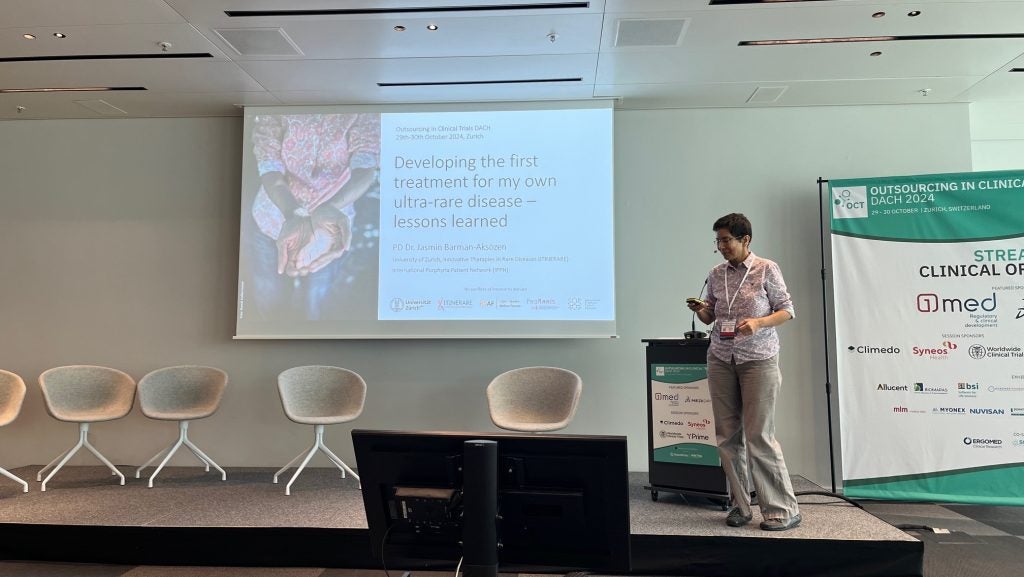Geopolitical events and economic fluctuations have impacted the pharmaceutical industry, inducing a wave of layoffs that have hit both pharma giants and smaller biotechs alike this year.
In addition to Takeda, which announced layoffs on 15 October, pharma giants like Pfizer and Novartis have shared news of job cuts in the last twelve months. Under rough economic circumstances, smaller biotechs like Kinnate Biopharma, Ikena Oncology and Aerovate Therapeutics have also had to cut headcounts to maintain cash flow for their clinical development plans.
While there have been some signs of economic recovery, there may be a long way to go before the market bounces back, says Kenneth Getz, MBA, the director of the Center for the Study of Drug Development at the Tufts University School of Medicine in Massachusetts. Getz spent several years as a pharmaceutical and biotech management consultant, before moving into academia and the non-profit space. His current academic focus lies in pharmaceutical R&D management and execution.
On the sidelines of the Outsourcing in Clinical Trials New England conference, held 23–24 October, Getz shared his insights on the recent cycle of layoffs in the pharmaceutical industry.
This interview has been edited for length and clarity.
Akosua Mireku [AM]: What are the key factors causing this continuing wave of layoffs in the pharmaceutical industry?
Kenneth Getz [KG]: For starters, a lot of companies are facing patent cliffs. Their portfolios have drugs that have lost or are losing patent protection, and they are not generating, or expected to generate the kind of revenue the company needs. Because of the tight economy, companies are delaying the start of trials, so they have a workforce that might be more in limbo.
For many organisations looking at the horizon right now with the US national election coming up, there is a lot of uncertainty. All these things have created an environment where companies perceive a lot of risk. Companies anticipate periods of financial struggle, and so they want to improve their operating profitability.

AM: How do you see the restructuring efforts amongst big pharma affecting outsourcing strategies with contract research organisations (CROs) and smaller companies?
KG: We see many more layoffs in pharma than on the CRO side. For years, pharma went through healthier periods where it was hiring and expanding its own internal teams. There are some areas [of businesses] that are nice to have, but without the volume of activity to justify having that many people, I think some real downsizing has occurred there. This has been a blessing and a curse for CROs. For some, it means more activity from pharma, and in some other cases, CROs are hiring people who have been let go from pharma companies.
Often people who leave big pharma end up in a small company, especially an emerging biotech or tiny pharma companies, and for many of them, this becomes a great opportunity. It means that a lot of the practices that were learned in big pharma are brought into smaller pharma companies. So, there are a lot of common habits and practices that are adopted regardless of company size; it may be the way that they manage resources, hire contract service providers, or their approach to evaluate a vendor.
AM: How do these more recent news reports of pharma layoffs compare to what we’ve seen in the industry historically?
KG: In years past, most of the layoffs that occurred in pharma were on the commercial side, not on the R&D side as has been seen recently. Historically, innovation was regarded as the primary competency of the company, the core factor that drove their success. Thus companies would not meddle with the innovation side, whereas on the commercial side you can reduce your marketing team or increase it in a more fluid way.
Now, because there are so many CROs and contract service providers, the capacity to do R&D is available in many different forms. Still some companies resist it because there are inefficiencies in working with an outside party. For example, when you ask a CRO to use your operating practices, you are asking them to step away from their approach, and adapt to yours, and there are some inefficiencies in that. There are also all kinds of communication and coordination challenges when you have more people, especially external providers, involved in supporting your business.
AM: Which units within pharma companies and CROs have been the main targets of such downsizing efforts?
KG: There are many core functions that are being downsized. Areas could include study monitoring, data management, management, patient recruitment and retention. It could also include those involved with chemistry manufacturing and controls (CMC) or other areas that support the science in a critical way.
Some companies that have just invested in starting development in a new therapeutic area and do not want to move away from that, will lay off employees in other therapeutic divisions. Some companies may have acquired another company, and there is a head count reduction as part of the consolidation, following the integration of other organisations.
AM: Do you predict that this trend of restructuring and redundancies in pharma will continue over the next few years?
KG: It is very unpredictable at the moment. Factors like the outcome of the next US presidential election and the global political and economic environment will have a major impact. Legislations like the BIOSECURE Act may affect things as well. However, as companies move away from Chinese manufacturers, a lot of US outsourcing companies have absorbed business from the shift…Thermofisher and Catalent are good examples of this.
















